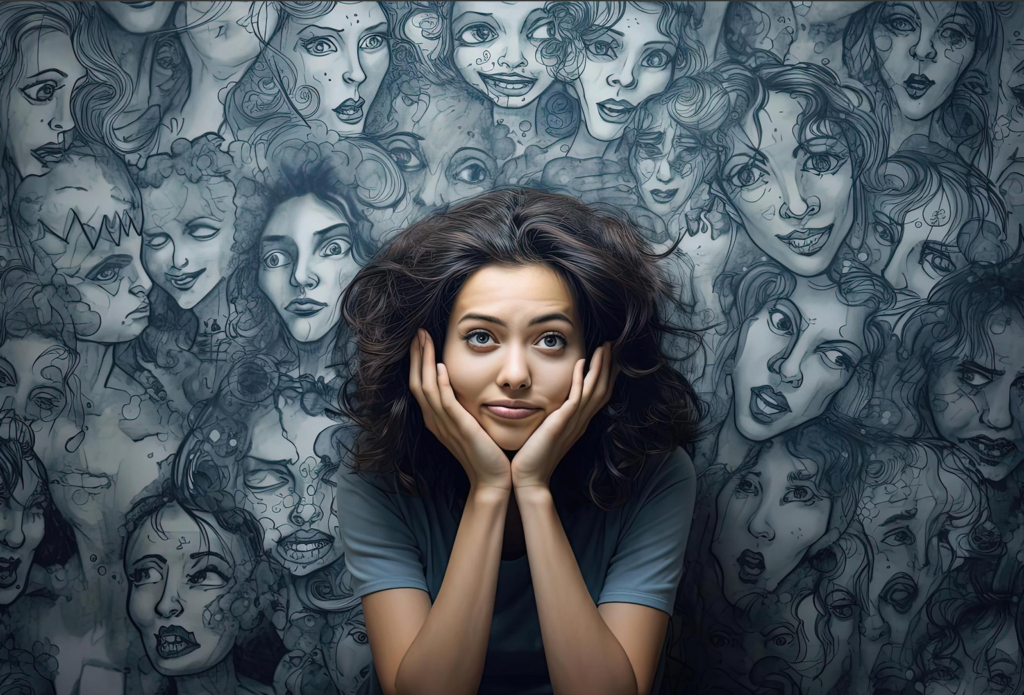Breaking up of stereotypes in the media is incredibly important for a number of reasons. Dispelling prejudices in the media is crucial. Prejudice, discrimination, and inequality are among the first negative effects of stereotypes, which are harmful and can particularly affect a particular groups of people. One strategy to contribute to systematic discrimination in areas like housing, education, and work is to consistently portray members of a certain ethnic community in the media as criminals or lazy .This can create negative sentiments towards that group. Furthermore, preconceived notions have the power to restrict the opportunities and goals that members of these groups can pursue. People who are raised with solely unfavourable or flat depictions of others who are similar to them may internalise these stereotypes and believe that they are incapable of succeeding or reaching their full potential. Thirdly, breaking up stereotypes in the media is important for promoting diversity and representation. When the media accurately reflects the diversity of our society, it allows individuals from all backgrounds to see themselves reflected in the stories and characters they consume. This can lead to greater empathy, understanding, and connection across different groups, and can help to promote a more inclusive and harmonious society. Overall, breaking up stereotypes in the media is crucial for promoting social justice, equality, and diversity. It allows us to challenge and move beyond limiting beliefs about different groups of people, and to create a more inclusive and equitable world. Animated stereotypes can have a significant social impact on how people perceive different groups of people, especially children who are exposed to these stereotypes from a young age. Here are some examples of how animated stereotypes can impact society.
Stereotypes can reinforce existing negative stereotypes and prejudices, which can perpetuate discriminatory behaviour and attitudes. For example, if a character in an animated movie is portrayed as a racial or ethnic stereotype, it can contribute to the marginalisation and discrimination of that group in real life. stereotypes can also create new stereotypes and perpetuate harmful assumptions about certain groups of people. This can lead to the further stigmatisation of these groups, which can have negative social and psychological consequences. Stereotypes can shape the way children and young people view their own cultural identity and that of others. If cultural stereotypes are reflected through animated media, it can create a distorted view of cultures and their traditions, which can negatively impact how children perceive themselves and others. If certain groups of people are consistently portrayed in a negative or stereotypical way, it can make it difficult for them to see themselves represented positively in the media, which can impact their self-esteem and sense of belonging. stereotypes can have a significant social impact, both positive and negative. It is important for media especially children and animated media creators to be mindful of the stereotypes they perpetuate and to strive for authentic and diverse representation of different cultures, identities, and experiences. By doing so, media can contribute to greater social acceptance, understanding, and inclusivity.
Movies that challenges harmful stereotypes and promote more accurate and respectful representations of marginalised groups, helping to reduce prejudice and discrimination and promote greater empathy and understanding. Through their diverse and complex characters, these movies provide insights into different cultures and communities, while also highlighting universal themes and emotions that resonate with audiences of all ages and backgrounds. By doing so, they educate viewers and promote a greater sense of connection and community. One of the key benefits of breaking up stereotypes in animated movies is that it promotes empathy and understanding among viewers. By presenting diverse and nuanced characters, the movies encourage viewers to question their own assumptions and biases, and to view people from different backgrounds in a more positive and nuanced light. This, in turn, can help to reduce prejudice and discrimination and foster greater empathy and understanding among people from different backgrounds.
Another benefit of breaking up stereotypes in media is that it can promote greater representation and visibility of underrepresented communities in media. By presenting diverse and complex characters from different backgrounds, the movies can help to broaden the range of stories and perspectives that are represented in media, creating more opportunities for underrepresented groups to be seen and heard. Furthermore, breaking up stereotypes in animated movies can also help to inspire and empower people from underrepresented communities to pursue their own creative careers and to share their own stories and perspectives. By seeing themselves represented in media in a positive and nuanced way, people from underrepresented communities can feel validated and encouraged to pursue their own creative goals.
Breaking the stereotypical barrier through media can also have a significant impact on social change. When they challenge stereotypes and promote diversity and inclusivity, they can contribute to a larger movement towards social justice and equality.
The breaking up of stereotypes in media is crucial in the modern era to promote diversity and inclusion, reduce prejudice and discrimination, foster greater empathy and understanding, and create more opportunities for underrepresented communities in media. By continuing to break up stereotypes and promote diversity and inclusion in media, we can create a more equitable and just society for all.
In conclusion, media have come a long way in breaking up stereotypes and promoting inclusivity. They have challenged gender roles, racial stereotypes, and disability stereotypes. Breaking the cultural barrier through is a powerful tool to educate people about different cultures, communities, and individuals. It is important to continue this trend and promote inclusivity and acceptance in our society.
